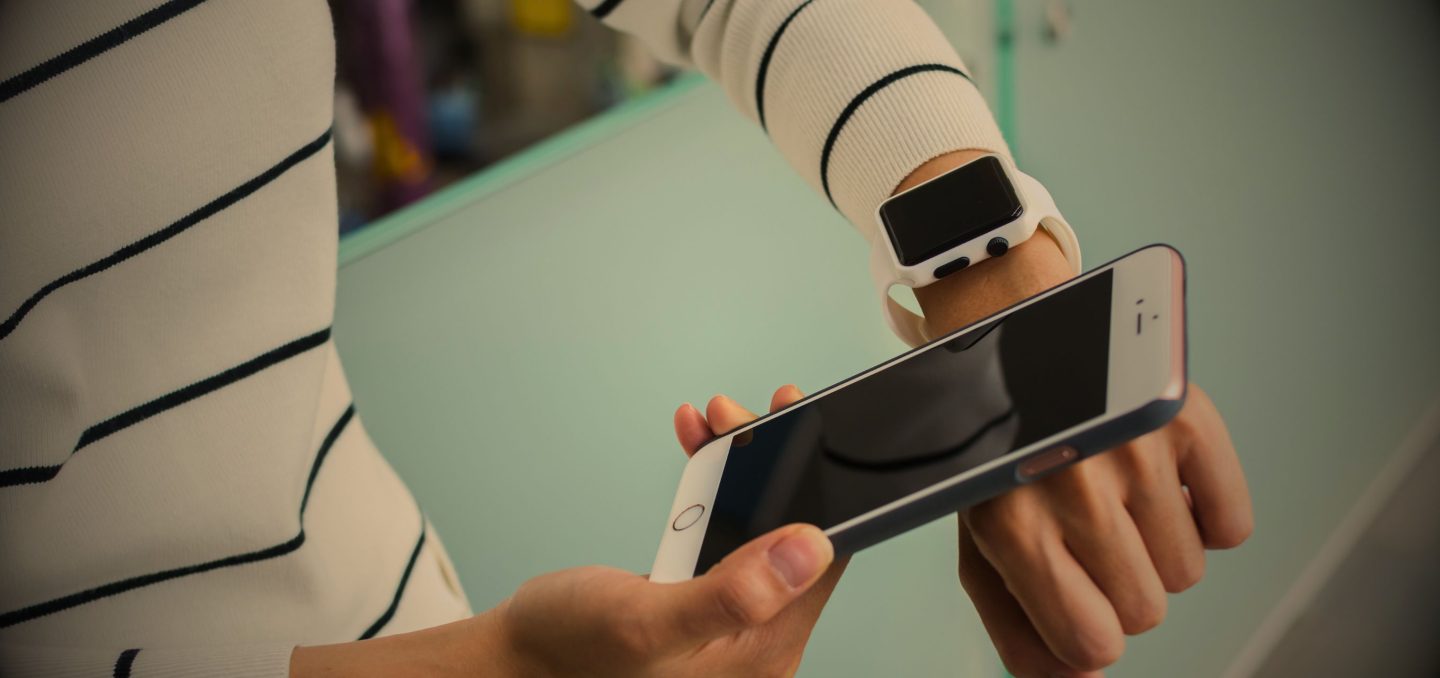The Lancet Digital Health recently published a report on a decentralized, randomized controlled trial, exploring the potential of integrating wearable technology and self-reported symptoms to enhance early detection and intervention for acute respiratory infections.
The study aimed to provide a novel approach to managing public health and reducing the transmission of respiratory viruses.
Background
Early diagnosis of acute respiratory infection plays an important role in reducing its transmission. That is why the study evaluated the feasibility of using wearable sensor signals and self-reported symptoms to prompt at-home testing for acute respiratory viruses, such as SARS-CoV-2 and respiratory syncytial virus (RSV).
Methods
Researchers validated the trial including a subpopulation of an existing cohort (DETECT-AHEAD) in the USA, participants aged 18 years or older were assigned to one of three groups:
- Group 1: used a wearable sensor (Fitbit Sense smartwatch) or self-reported symptoms. The participants received alerts to take at-home tests based on changes in their physiological data.
- Group 2: did not use a wearable and received alerts to take home tests based only on self-reported symptoms.
- Group 3: control group without alerts or home testing capability.
All participants in groups 1 and 2 received an at-home self-test kit (Alveo be.well) for SARS-CoV-2 and RSV.

The researchers tracked variations in resting heart rate, changes in sleep duration and quality, and fluctuations in daily physical activity. These parameters helped detect potential early signs of acute respiratory infections, prompting participants to take at-home tests.
Primary Endpoints
The study zeroed in on two critical endpoints: the incidence of acute respiratory infections and the utilization of at-home testing kits. Researchers meticulously recorded both self-reported infections and those confirmed through electronic health records. Additionally, they monitored the usage of at-home testing kits among participants in groups 1 and 2 to evaluate the effectiveness of wearable sensor signals and self-reported symptoms in early detection.
Findings

Researchers recruited 450 participants and randomly assigned them to three groups. In groups 1 and 2, 118 participants received prompts to self-test, and 61 of them completed the self-test. Participants received more prompts to home-test due to symptoms rather than physiological changes. The study revealed differences in detection rates between self-reported symptoms and sensor signals. Specifically, in Group 1, 28% of participants were prompted to test due to symptoms, while 17% were prompted due to physiological changes.
Conclusion
The study demonstrated the feasibility of using wearable sensor signals and self-reported symptoms to prompt at-home testing for acute respiratory viruses. This approach could potentially enhance early detection and intervention, thereby reducing transmission and improving public health outcomes.



